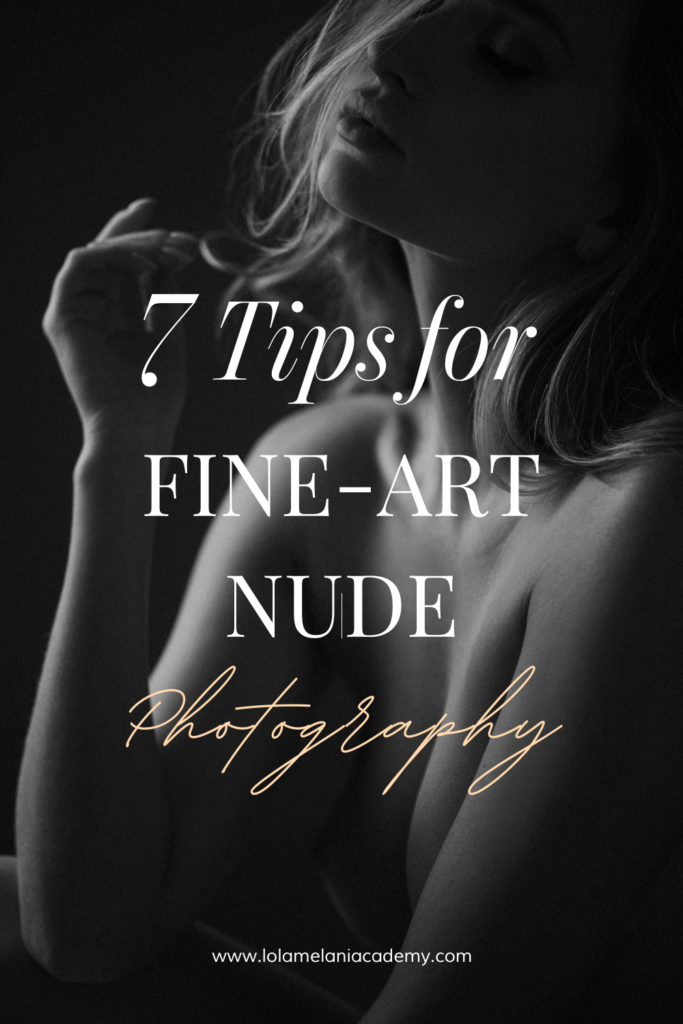
1. HAVE A PLAN
A successful photography experience involves significant planning. Above all, it is important to have a clear vision and prepare beforehand so that you fully understand how to attain your goal. Whether you are doing a paid shoot or a creative project, you’ll need to carefully plan your lighting, props, composition and poses in order to achieve your own or your client’s vision.
I recommend that you have a mood board and a shot list prepared beforehand. Pinterest is my favorite place to find and organize my inspirations for a project. A mood board helps me to organize all of my creative ideas and have a clear vision for the shoot. A shot list includes the list of set ups, necessary studio equipment and styling ideas to help me execute my vision and helps me work quickly and efficiently.
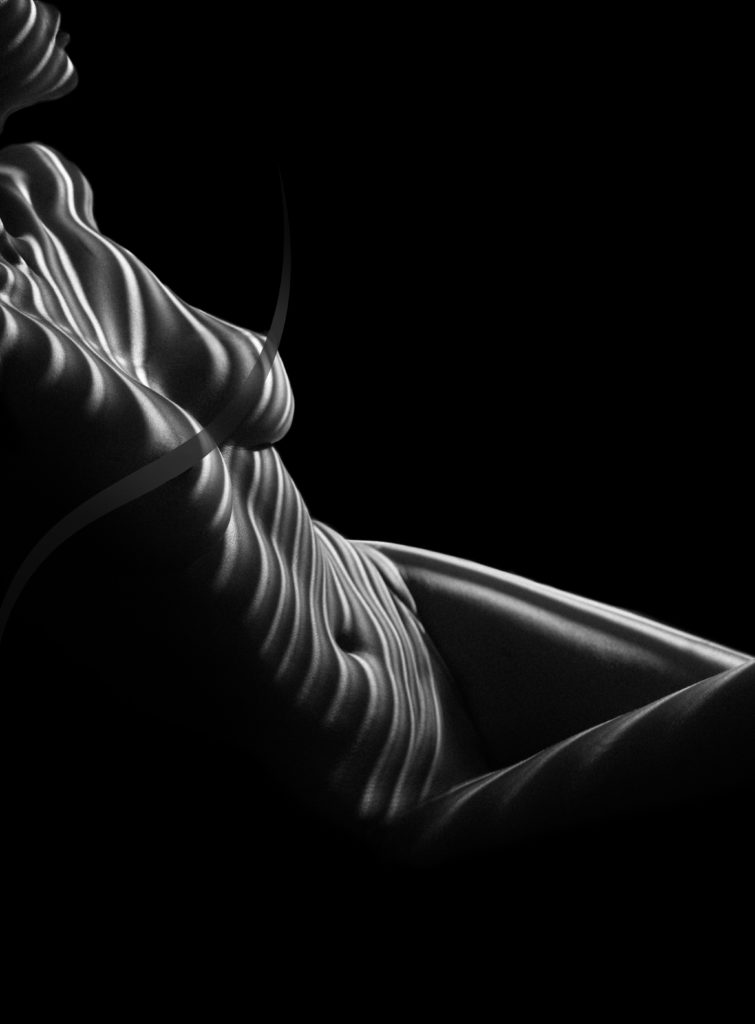
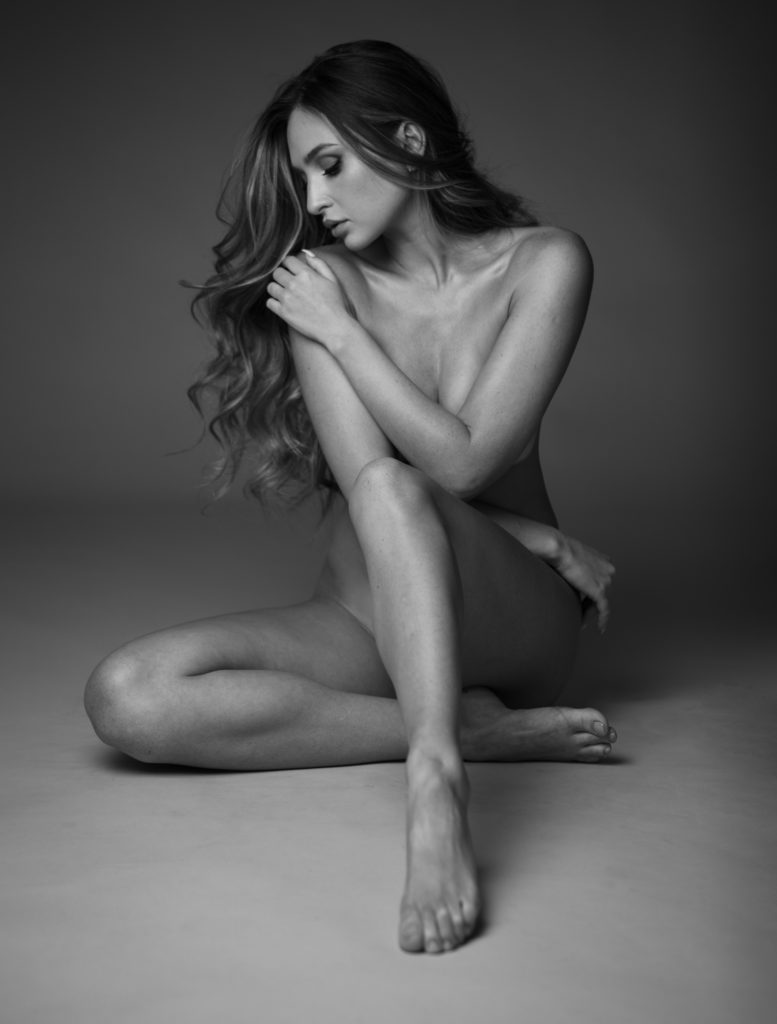
2. COMMUNICATE
Collaboration is essential. Taking time to build a professional relationship with your subject and communicating with her/him before the shoot will go a long way in making the nude photography experience more comfortable for both of you.
If possible, this includes meeting with your model before your photoshoot date or chatting with her/him on FaceTime to discuss your project and look at sample poses together so that she/he
knows what to expect. The more your client knows beforehand, the
more comfortable she/he is likely to feel.
Discuss your ideas and display your mood board with poses you want to capture. Be straightforward and have your model tell you the types of poses with which she/he is most comfortable as well as those that she/he is not comfortable using. You will then get a clear idea on how far the model wants to go in regards to nudity. Some people will be perfectly fine being fully nude during the shoot, while others will prefer to do implied nudity or be partially clothed. Taking time to connect and giving your model an opportunity to offer some creative input will create an atmosphere in which she/he feels at ease in front of the camera and will give you the best chance of capturing incredible shots.
3. KEEP YOUR SUBJECT COMFORTABLE
The temperature of the room is very important to keep your model comfortable. It’s hard to pose and look relaxed when you’re cold.
Make sure you have a changing room or a small private area in which she/he can change.
When working with water, or when your set requires wet skin/fabrics, have a small space heater very close to your subject to keep her/him comfortable. Also remember to provide a bathrobe, or ask your model to bring one.
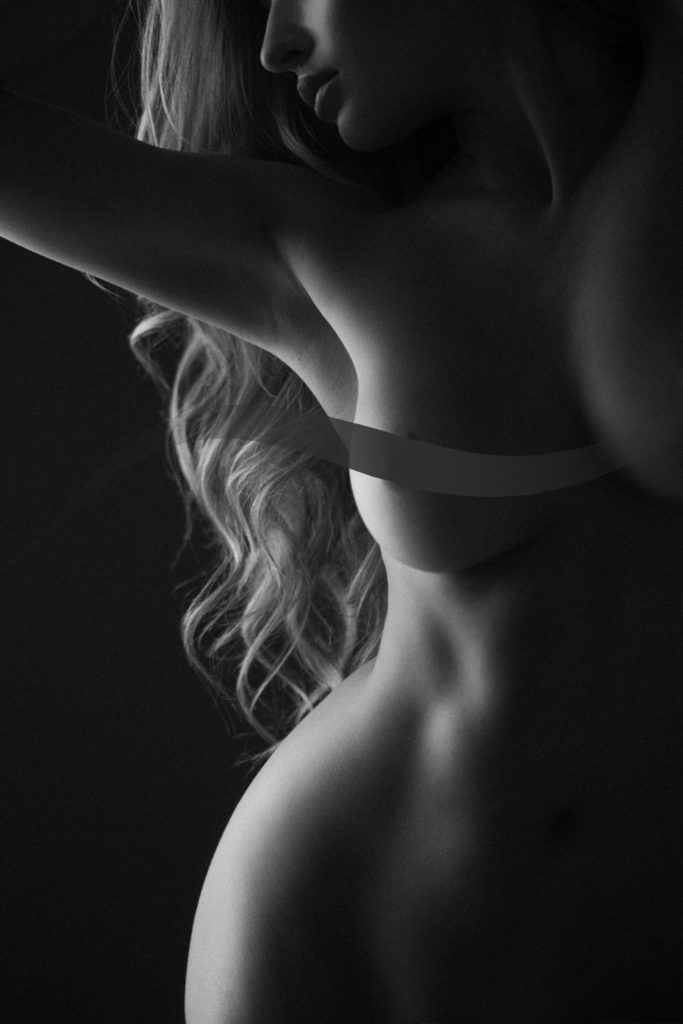
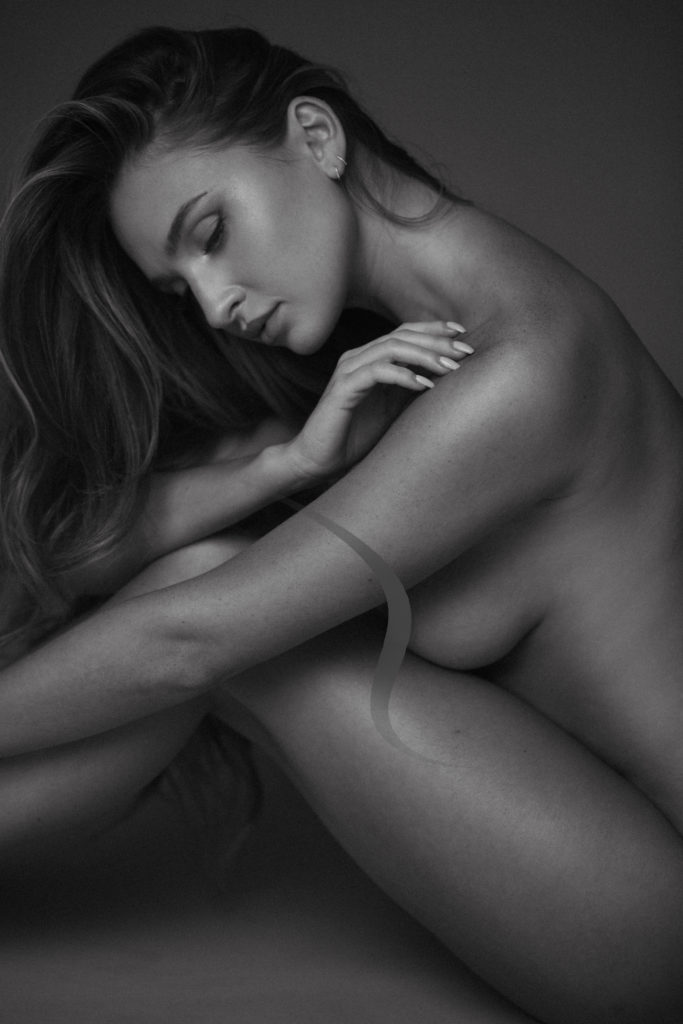
4. BE ETHICAL
Always ask your model’s permission before touching or photographing her/him, unless you already have her/his permission to do so. It is important that you verbally communicate with your client the pose you are looking for without touching her/him.
For example, it’s best to ask, “May i help you adjust the hair/fabric/pose, or would you like to do it?” To adjust a pose, try demonstrating and explaining the pose rather than touching your model.
5. KEEP IT SIMPLE
Do not try and go overboard with lighting and posing. The shoot will be successful when your model feels at ease and when there is a smooth flow. This comes from simple set-ups, as they require less time, and easy posing.
You might be tempted to recreate a stunning pose from your mood board; however, even though complicated poses might seem interesting, directing and lighting them could be quite difficult for a photographer and uncomfortable for the subject to attempt.
I recommend that you have a lighting/posing guide handy so that you can refer to it from time to time.
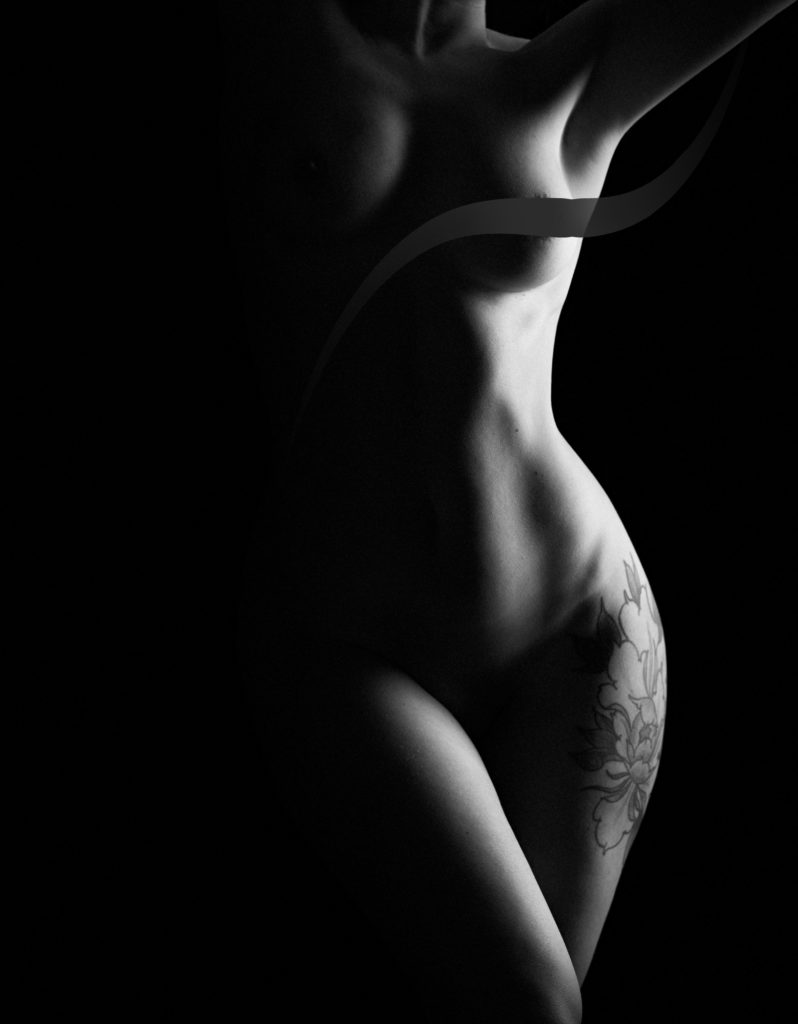
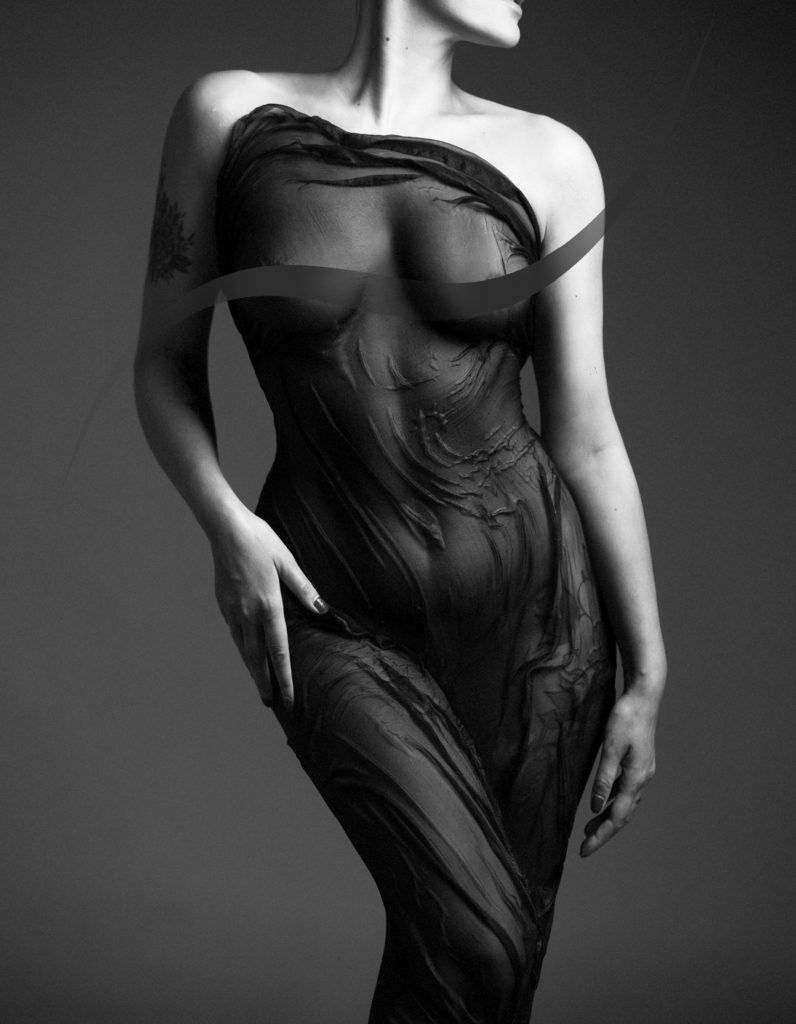
6. SHOOT IN MONOCHROME
I love photographing and previewing nudes in b&w, which has always been a staple of fine art photography. Shooting images in
monochrome doesn’t affect the RAW files. Working in b&w removes any distraction of color and helps me to focus on other, very important aspects, such as the contrast, lighting, texture, shapes and emotion.
7. USE IMPLIED NUDITY
Nude photography doesn’t necessarily require complete nudity. For example, I personally don’t photograph full frontal nude images (that exposes the most intimate parts). It doesn’t fit my aesthetics. I also believe that oftentimes a pose that doesn’t show actual nudity can be more interesting to an eye than fully nude images. You will see that I often use implied nude posing by strategically placing the legs, arms, and hands.
You can absolutely highlight beauty and portray an emotion even by having the model covering parts of her body.
If your model is not comfortable posing fully nude, there are still ways to create tasteful fine-art images. I personally ask my clients to bring a small pair of their own skin color string underwear, and I keep a stack of nipple covers in my studio. I know wearing these will make your editing process a little longer; however it will also make your subject feel more relaxed, and will, therefore, be reflected in the final images.
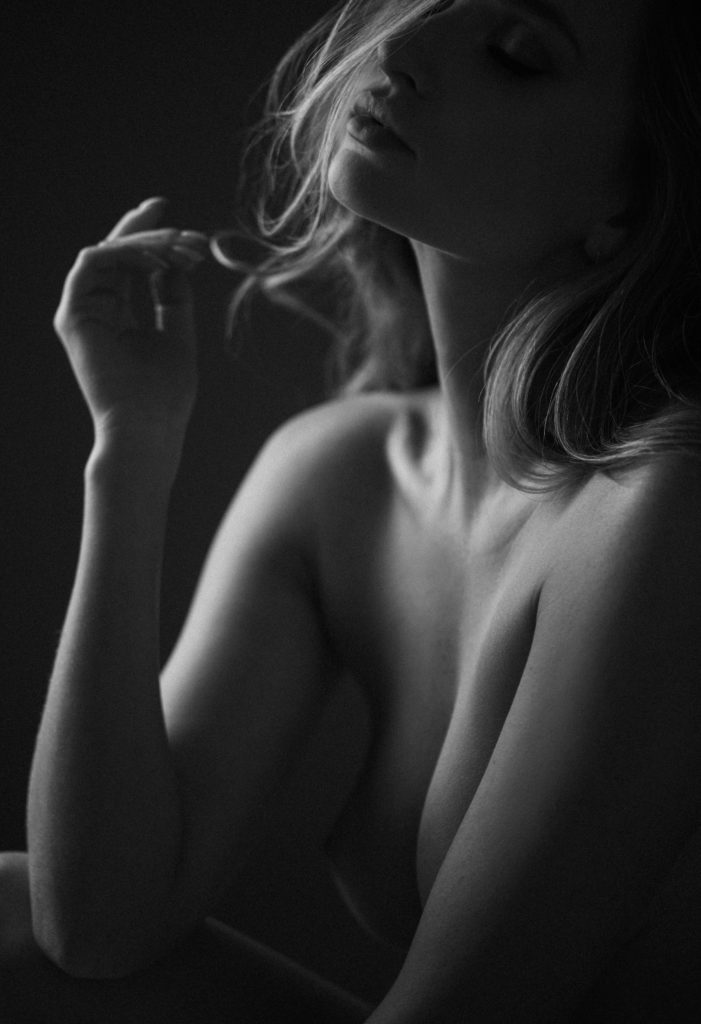
PS. If you want the full educational experience, I have exciting news! My best-selling fine-art online photography course that covers my favorite lighting for fine-art nude photography is available for enrollment.
CLICK HERE TO LEARN MORE!!!